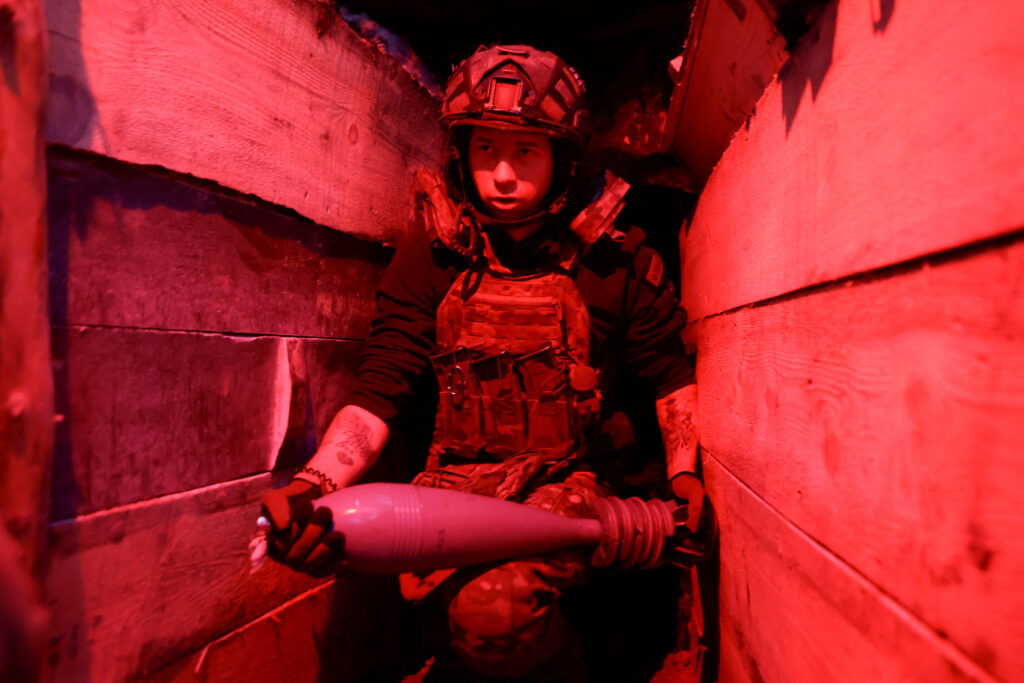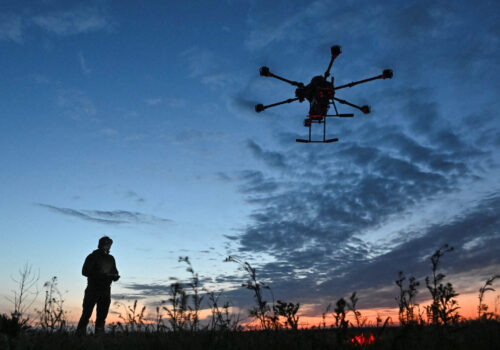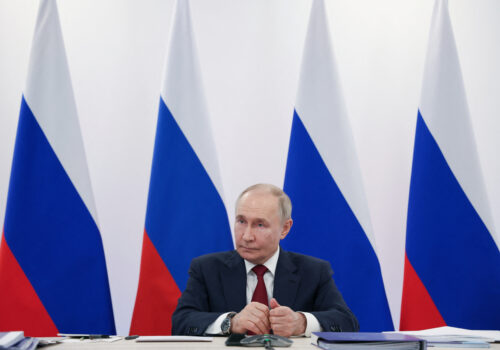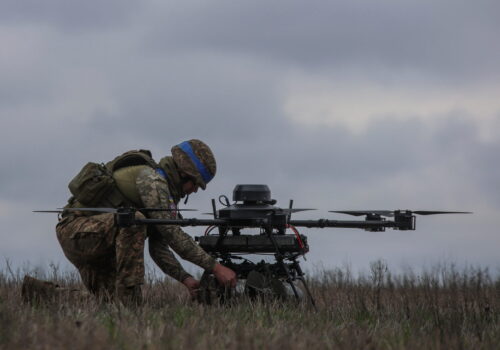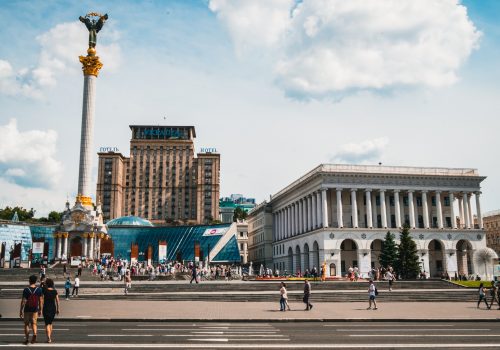As the Russian army gears up for a major summer offensive, Ukraine could soon be facing its most serious humanitarian crisis since the initial phase of the full-scale invasion more than three years ago. If the West does not act swiftly by sending military aid, tightening sanctions, and reaffirming its long-term commitment to Ukraine, the unfolding crisis could overwhelm Kyiv and undermine the Ukrainian war effort.
Current Russian troop movements and battlefield dynamics indicate that the coming summer offensive may be one of the largest and most ambitious of the entire war. If successful, this campaign could allow Russian troops to push the front line tens of kilometers forward into Ukrainian-held territory and overrun parts of Ukraine’s Donetsk, Luhansk, Zaporizhzhia, and Dnipropetrovsk provinces.
The cities of Kostyantynivka, Pokrovsk, and Kramatorsk are high on the list of likely targets. They have all experienced significant damage and large-scale displacement as a result of Russian bombardment. If these cities and others in the surrounding area fall to the Russians in the coming months, the wider region could become depopulated as large numbers of people flee the fighting.
Stay updated
As the world watches the Russian invasion of Ukraine unfold, UkraineAlert delivers the best Atlantic Council expert insight and analysis on Ukraine twice a week directly to your inbox.
Based on current trends and previous displacement waves, at least two hundred thousand Ukrainian civilians living close to the current front lines of the war could be forced to leave their homes by fall 2025. This is not speculation; it is informed by experience gained during Russia’s full-scale invasion.
Since the beginning of the invasion in February 2022, Ukrainian organizations have been on the front lines of the humanitarian response. They have provided essential aid, temporary housing, psychological support, and ongoing reintegration counselling to help Ukrainians displaced by Russia’s invasion rebuild dignity and restart their lives.
Ukraine’s civil society has worked wonders over the past three years but cannot realistically hope to absorb another 200,000 diplaced people without international support. The situation is even more alarming due to the recent closure of USAID, which was a major player in the humanitarian response to Russia’s invasion. With Putin’s troops already advancing, Ukraine’s Western partners must not ignore the looming danger.
According to the UN Office for the Coordination of Humanitarian Affairs (OCHA), more than 3.6 million people remained internally displaced within Ukraine as of early 2025. Most are women, children, and elderly individuals. Many have already been forced to flee multiple times. This population of displaced people may soon become considerably larger.
Eurasia Center events

Compounding the crisis, European governments are beginning to phase out temporary support programs for Ukrainians. While the EU recently agreed to extend temporary protection through 2026, enforcement is sometimes patchy. Meanwhile, there are indications across Europe that resettlement fatigue is growing.
In the UK and US, political rhetoric on the topic of Ukrainian refugees has shifted ominously. Most recently, reports emerged that the Trump administration is exploring options to repatriate Ukrainians who entered the United States following the start of the full-scale Russian invasion.
If these trends continue, millions of Ukrainians could find themselves trapped between advancing Russian forces and a closing window of international asylum. While Ukrainians in the east of the country flee Putin’s invading army, many Ukrainian refugees may be forced to return home with uncertain prospects.
If the overstretched Ukrainian military is unable to contain Russia’s summer offensive, the fallout will reverberate far beyond Ukraine’s borders. The displacement of at least 200,000 more civilians would severely strain humanitarian corridors, destabilize border regions, and sow chaos in Ukrainian cities already struggling to absorb previous waves of refugees.
Ukraine’s Western partners still have time to prevent this, but they must act with a sense of urgency. While the Trump administration has been clear that it does not plan to provide Ukraine with further military aid, it should continue sharing intelligence with the Ukrainians while confirming its readiness to sell arms to Kyiv. Europe must speed up the delivery of promised weapons and should expand supplies significantly to improve Ukraine’s position on the battlefield.
In parallel, European countries should take steps to provide reassurance and protect the legal status of Ukrainian refugees. Donor organizations can help by strengthening partnerships with Ukrainian civil society groups that have demonstrated agility, transparency, and high levels of local trust.
The next phase of Russia’s invasion is not just being fought on the front lines of the war. It is taking place across the country in bomb shelters, train stations, and temporary accommodations. Russia is trying to break Ukrainian resistance by making large parts of Ukraine unlivable and destabilizing the country. Ukraine’s partners can do much to counter these efforts, but they must act now before the military and humanitarian situation deteriorates further.
Viktor Liakh is president of the East Europe Foundation. Melinda Haring is a nonresident senior fellow at the Atlantic Council’s Eurasia Center and a senior advisor at Razom for Ukraine.
Further reading
The views expressed in UkraineAlert are solely those of the authors and do not necessarily reflect the views of the Atlantic Council, its staff, or its supporters.

The Eurasia Center’s mission is to enhance transatlantic cooperation in promoting stability, democratic values, and prosperity in Eurasia, from Eastern Europe and Turkey in the West to the Caucasus, Russia, and Central Asia in the East.
Follow us on social media
and support our work
Image: A service member of the 115th Separate Mechanized Brigade of the Ukrainian Armed Forces carries a mortar shell before firing it at Russian troops, at a position in a front line, amid Russia's attack on Ukraine, in Donetsk region, Ukraine. May 16, 2025. (REUTERS/Sofiia Gatilova)
